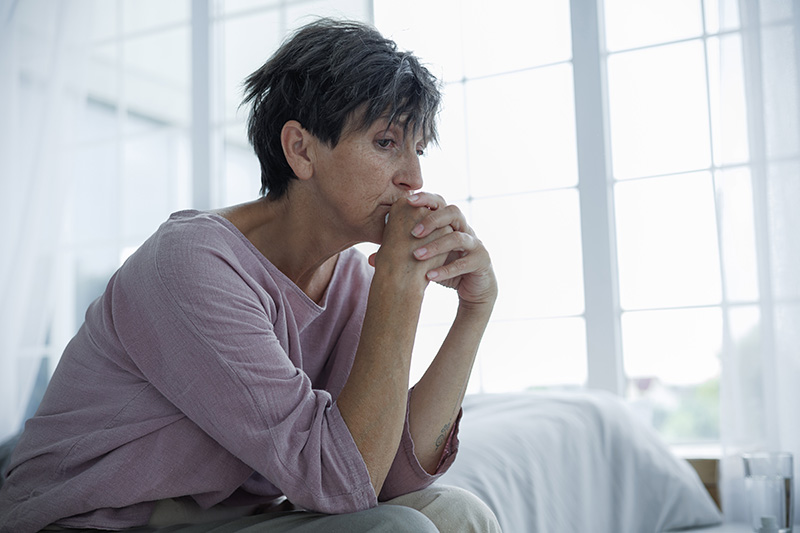Post-traumatic stress disorder (PTSD) can happen after an individual experiences some form of trauma. That trauma does not have to be something that happened directly to an individual. It can be something that they witnessed happening to someone else or something that happened to a loved one.
About half of all adults experience at least one traumatic event throughout the course of their lives, but many experience several. If left untreated, trauma can lead to PTSD, which in women can manifest a bit differently than it does in men.
PTSD in Women
PTSD is a unique mental health condition that affects people differently. Symptoms tend to appear immediately after the traumatic experience and then, over time, get worse or appear intermittently.
Symptoms usually manifest for at least one month after the trauma, generally several months after the trauma, and are often severe enough to disrupt daily life. At that point, it’s essential to get a proper diagnosis from a mental health specialist.
With the right diagnosis, you can start a residential or outpatient mental health program that includes medication or therapy. Much like symptoms, treatments should be individualized as well.
What Does PTSD Look Like in a Woman?
Some core PTSD symptoms are the same in men and women. These include:
- Flashbacks or nightmares that force individuals to unwittingly relive the traumatic events
- Behavioral changes where individuals try to avoid situations that remind them of the trauma
- Problems with sleep, focus, or concentration
- Negative thoughts and feelings like shame, anger, or guilt that can interfere with daily life
So, what does PTSD look like in a woman compared to a man?
Women can experience any of the associated symptoms, including flashbacks, nightmares, behavioral changes, problems with concentration, sleep issues, negative thoughts, depression, anxiety, emotional numbness, hyperarousal, and more.
Women will all experience a variety of symptoms, and this looks different from one woman to the next, but in general, they will experience higher levels of things like:
Emotional Numbness
Women are more likely to detach entirely from their emotions, no longer feeling emotions as an avoidance tactic so that they no longer feel painful thoughts or difficult thoughts. However, this can lead to complete emotional numbness for all feelings, both good and bad, and interfere with daily life and relationships.
Hyperarousal
Women are more likely to have hyperarousal, which means:
- Hypervigilance or constantly looking out for the next bad thing
- Sleep problems
- Anxiety disorders
- Panic attacks
- Irritability
- Problems concentrating
That hyperarousal can also lead to disruptive feelings of anger or stress that cause problems with daily life.
Tangentially, women are more likely to be startled very easily after a traumatic experience.
Avoidance
While avoidance techniques are possible no matter your gender, women are more likely to avoid objects, places, or people that remind them of their trauma, and this can be particularly disruptive when, for example, a woman doesn’t provide an explanation to friends or family as to why she no longer wants to go to a specific part of town or drive to work anymore.
Getting Help for PTSD
Given the higher prevalence of traumatic events and PTSD for women, often perpetrated by men, having gender-based programs for care can be essential to recovery. At Casa Serena, we provide women’s only residential and outpatient programs centered on trauma treatment and counseling for those who have PTSD.
A big part of our trauma treatment means providing women with the full continuum of care, working with therapists and other qualified healthcare professionals who are, themselves, women, and working to avoid things like retraumatization.
Located just minutes from the beach, our PTSD treatment center for women provides trauma-informed care, which means every member of the staff is trained to avoid potential triggers, and every member of the staff is there to help clients better understand their trauma and the impact it has on behaviors, including addictive behaviors. Our goal is to make sure all clients are seen, heard, safe, and understood throughout their treatment with us.
While PTSD looks different in a woman than it does in a man, everyone deserves to feel safe during their care. We work hard to provide that safety by offering treatment for women, by women.
Reach out today to learn more about our women’s-only treatment at (866) 936-9740.



